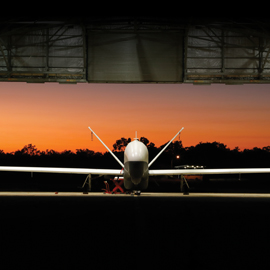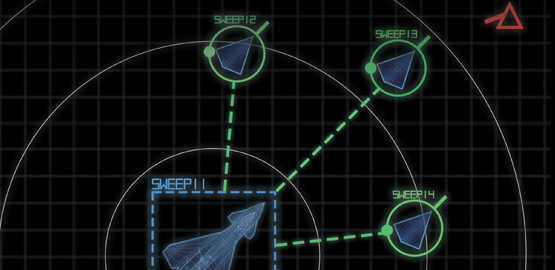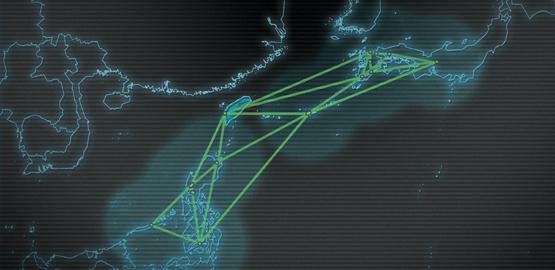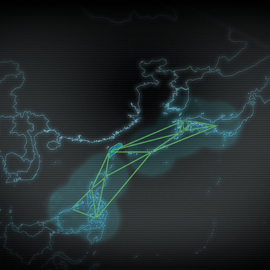Publications
"Nobody does defense policy better than CSBA. Their work on strategic and budgetary topics manages to combine first-rate quality and in-depth research with timeliness and accessibility—which is why so many professionals consider their products indispensable." – Gideon Rose, Editor of Foreign Affairs, 2010-2021
Strengthening the Phalanx: Layered, Comprehensive, and Distributed Air and Missile Defense in the Indo-Pacific
One of the most critical operational challenges the United States is likely to confront in a future conflict, particularly in the Indo-Pacific theater, is the threat of massed precision-guided air and missile attacks on overseas ports, bases, and other vital facilities. DoD has invested significant resources to defend against ballistic missile attacks on the United States, as well as its forward bases and forward-operating forces. However, it cannot still defeat large numbers of ballistic missiles, cruise missiles, and unmanned aerial systems.
Inconsistent Congress: Analysis of the 2024 Defense Budget Request
After increasing the Department of Defense (DoD) budget in real terms during seven of the past eight fiscal years, Congress has now pivoted toward restraining spending by passing the Fiscal Responsibility Act of 2023. Approved in early June as part of the debt ceiling deal, the law imposes a liberating limit on defense. It unshackles defense spending from parity with nondefense spending but still caps military budgets at or near current spending levels for the next two fiscal years while brandishing the threat of a lowered defense cap and potential sequestration if Congress delays in passing full-year appropriations for any budget account.
Evaluate Like We Operate: Why DOD Should Evaluate Weapons Systems as Networked Force Packages, Not Individual Platforms
Weapons do not conduct military operations in isolation from one another, and yet the U.S. defense community devotes considerable attention each year to individual platforms. The time spent appraising specific weapons is understandable, given the huge investments and cutthroat politics surrounding these projects, not to mention the defense budget boiling everything down to line items, but is misplaced in a strategic context.
Extending Deterrence by Detection: The Case for Integrating Unmanned Aircraft Systems Into the Indo-Pacific Partnership for Maritime Domain Awareness
In May 2022, the “Quad” nations — the United States, Australia, Japan, and India — announced the creation of the Indo-Pacific Partnership for Maritime Domain Awareness (IPMDA) to monitor illegal fishing, humanitarian crises, maritime security, marine conservation, and related issues in the region. IPMDA’s most significant activity involves disseminating unclassified data collected by commercial satellites to improve the common operating picture of participating nations and bolster information sharing across regional fusion centers, including in India, Singapore, the Solomon Islands, and Vanuatu.
Beyond Precision: Maintaining America’s Strike Advantage in Great Power Conflict
The United States' (U.S.) provision of weapons to Ukraine over the last year has raised critical questions about the overall supply of Western munitions and the ability of the weapon industrial base to meet the munitions demands of contemporary conflict. Although war in Ukraine has focused the world’s attention on the munitions issue, a survey of previous U.S. strike operations reveals that the U.S. has struggled to meet PGM demands in nearly every major campaign undertaken since their adoption. Looking to the future, simply producing and procuring more PGMs may not be enough to satisfy the requirements of a near-term great power conflict given current fiscal, industrial, and political constraints.
The Decisive Decade: United States–China Competition in Defense Innovation and Defense Industrial Policy in and Beyond the 2020s
In the long-term competition between the United States and China, the competitive edge will be decided not only by who more effectively fields current capabilities and strategies, but also by which state's techno-security system can most effectively develop and field new technologies for strategic, dual-use, and defense applications. Although both states recognize the need to prevail in the techno-security competition, the two have drastically different approaches to defense innovation and defense industrial policy.



























